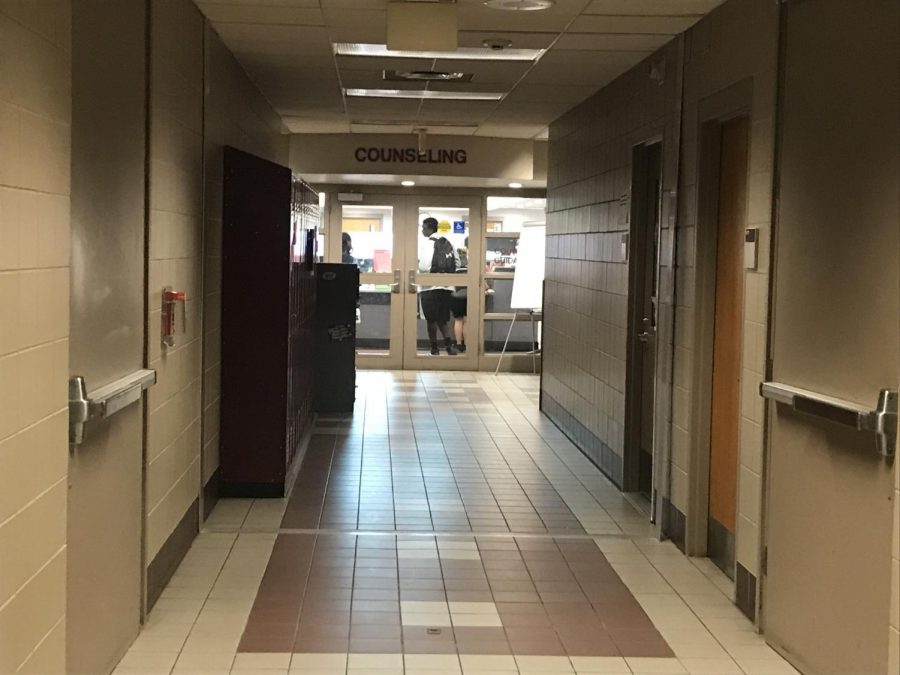Exploding Enrollment Leads to Scheduling Nightmare
With a total enrollment of 1,978 students, and classes containing as many as 37 students, Pioneer is bursting at the seams. As a result of the expanding student body, counselors and administrators have been scrambling to manage students’ schedules so that both staff and students get what they need.
For the past two years, Pioneer’s freshmen enrollment has increased by over 100 students. At the beginning of the school year in 2016, Pioneer had 440 freshmen. In 2017, there were 501 freshmen, and this year, Pioneer’s freshmen class is the largest it has been in years, with 557 students.
The gigantic enrollment has led to a number of scheduling issues, such as students having multiple classes in a single hour. “I didn’t have a second or fifth hour,” said junior Ashleigh Lowe. “My counselor was able to fix my schedule, but I had to wait in line for a long time, at least 20 minutes.”
Scheduling issues similar to Lowe’s were seen across the board. Pioneer counselor Christopher Kasper, alone, received 211 schedule change slips in the first week of school.
Additionally, Pioneer is 178 students over what the district normally caps, and is understaffed this year. At least 10 Pioneer teachers from last year retired or left to go find other jobs. In the weeks before school started, 15 new teachers were hired.
As a result, counselors have struggled to level out class sections to accommodate new staff and students. “Over the summer, we received 200 new enrollees to Pioneer, so we needed more teachers,” said Pioneer head counselor Colleen Creal. “If a school needs more teachers, we contact the [district]. We may ask for three math teachers, but they might only give us two.”
The late release of schedules isn’t the only reason for the number of students switching classes. “All classes across the board are overfilled, and students need to make better choices about classes during course selections.” Creal said “Students set such high expectations for themselves, and in the fall, when they realize they can’t handle the workload, they want their schedules switched. We can’t build a good master schedule without good data going in.”
According to Creal, scheduling is an incredibly elaborate process. First, teachers give counselors and administrators a list of classes they’d prefer to teach. Then, after course selections, counselors start inputting singletons, or classes such as band, orchestra, and choir where there’s only one hour per group. After the singletons are inputted, counselors must arrange students’ schedules so that each student’s requests are fulfilled, while making sure that there are enough classes to account for Pioneer’s total enrollment.
Another factor that contributed to the scheduling challenges this year was the staggering amount of in-district transfers accepted to Pioneer this year. “People want to come to Pioneer because they like the curriculum and staff,” said Creal, “But, from now on, I think students should go to the school that is under the enrollment cap of 1800, since Pioneer’s enrollment is so huge.”


